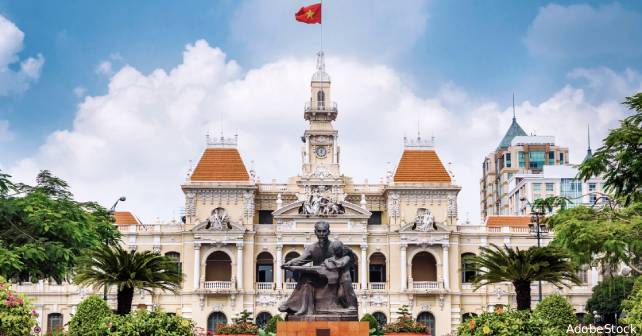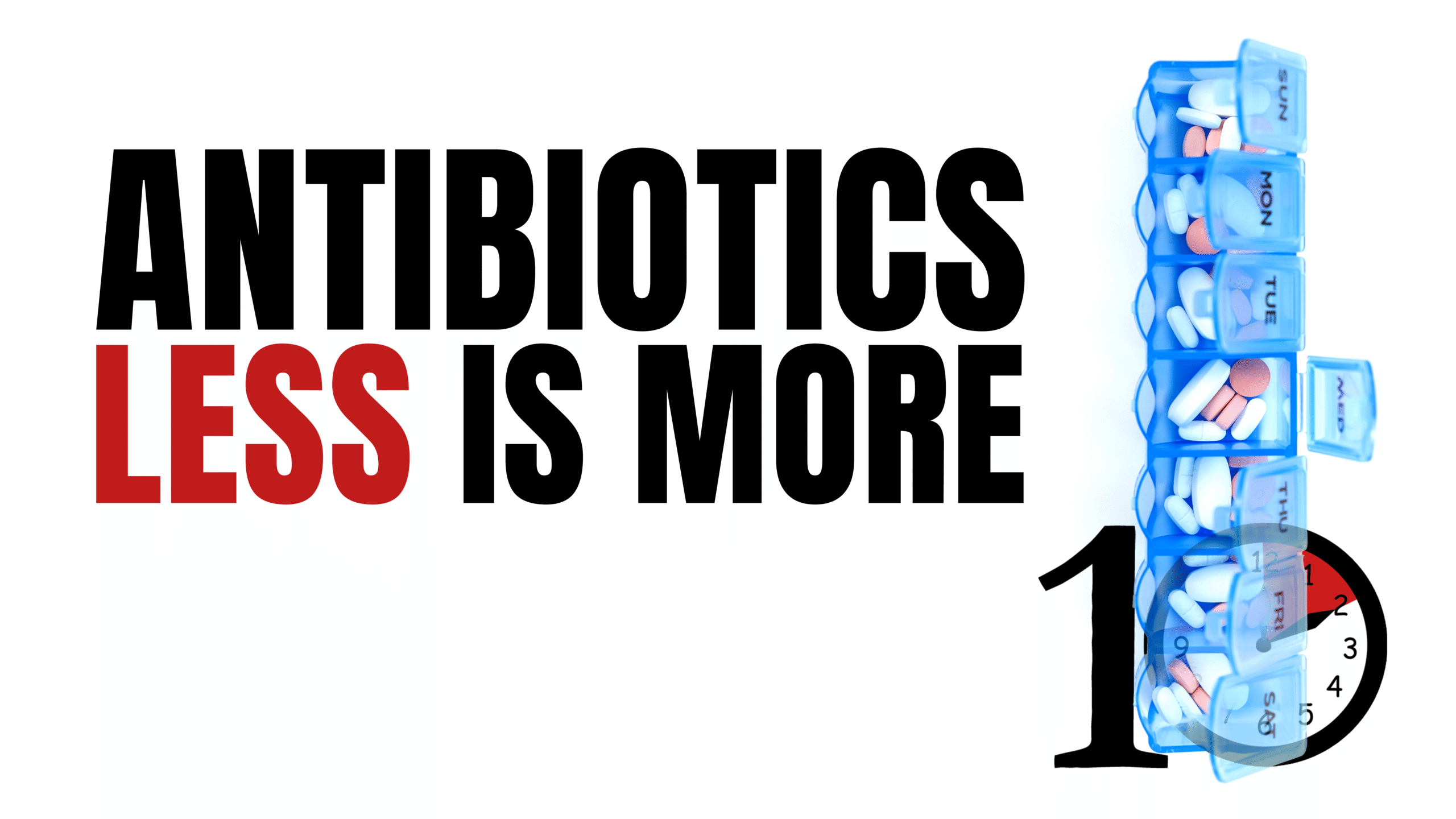
“Your mom won’t wake up. I’m taking her to the hospital now.”
Before Tam’s dad could finish telling her what had happened, Tam was already frantically packing an overnight bag. She was fighting back tears so that she could look up which night bus to hop on to rush to her hometown, Sóc Trăng, from Ho Chi Minh City (HCMC), a five-hour trek that would seem like an eternity, to see her mom before it was too late.
By the time she arrived home, Tam’s mom had stabilized at the hospital. Tam was grateful that the worst-case scenario had not occurred. But the news the doctor delivered the next day made her despair with a whole new set of worries. Her 60-year-old mother had worsening diabetes and kidney disease, which had led to the metabolic crisis that sent her to the hospital.
Scenarios like this are all too common in Vietnam. Sixty-one percent of the country’s population is rural, thus chronic diseases often go undetected or unmanaged until symptoms of serious disease manifest, and people are only diagnosed once they go to the hospital for emergency care.1 Much like rural areas of the United States, most of Vietnam’s population has limited resources and access to health care, which makes it difficult for people to detect diseases early, and also makes it challenging to manage serious chronic conditions once they are diagnosed.
One thing to be careful with when managing a chronic condition in Vietnam is making sure you are obtaining medications from a reliable source. According to Tam, government insurance covers the cost for medications on their formulary, but people generally have little trust in those medications that are usually imported from different countries such as China. Doctors report different efficacies for medications that are reportedly the same brand name, depending on where they are manufactured. As a point of reference, Tam said, patients pay approximately $75-$150 each month if they purchase their own medications to manage chronic kidney disease/end-stage renal disease (CKD/ESRD). If you can afford it, it’s best to buy medications out-of-pocket at reputable Western pharmacy chains or from trustworthy doctors, which is what Tam is doing for her mother.
Tam’s mother might be considered one of the luckier ones. Her daughter is well-educated and lives in a large city with more resources, and thus, is better equipped to navigate the health care system in Vietnam.
“In Vietnam, if you have money then you can find a good doctor, but if you don’t, then it’s really difficult,” said Tam, 32, who found specialty care a couple hours outside of her hometown, where the family could bring Tam’s mother for follow-up care after her hospitalization. “Normally, these [specialist doctors] people speak highly of do not work in the hospitals but instead run a private practice out of their homes. Because of that, you’re unable to use your insurance and must pay out of pocket.” Interestingly, cash rates can be much cheaper than rates at the hospital. For example, a doctor’s visit might cost a patient $2 privately instead of $8 at the hospital. Private doctors make most of their money not on the visit fee but by selling medications to patients.
As for calculating the overall cost to a person managing CKD/ESRD in Vietnam, we must consider that almost 90 percent of the population is covered by the social health insurance.2 Government insurance pays for about 80 percent of medical expenses. However, patients report paying for approximately 20-50 percent, depending on which services and procedures are covered. According to Tam, for someone with ESRD in Vietnam, a single hemodialysis session costs about $75, which puts a patient’s out-of-pocket expense at about $5-$15, and a monthly out-of-pocket cost at $65-$195, on top of medication costs. To put this into persecutive, the average monthly rent of an individual living in rural areas of Vietnam is approximately $150-$250;3 so this can be a hefty expense for the average person.
Let’s compare this with the cost of living in the U.S. with CKD/ESRD. Dialysis and kidney transplantation costs are covered 80 percent by Medicare for individuals with ESRD as part of the Social Security Amendments of 1972. This was introduced to assist patients in paying for lifesaving treatments that would otherwise be financially infeasible for them to access.4 Monthly costs to the patient for dialysis are approximately $624 to $3,835.5 These costs are significantly higher, but we must consider the difference in per capita income and also the difference in resources and accessibility to the average U.S. patient.
Throughout the initial hospitalization and diagnostic work-up of Tam’s mother, Tam and her family decided to withhold the details of the diagnosis from her mother so that she could focus on her recovery. This was done with her mother’s best interest in mind but stands starkly in contrast to patients’ rights to information in the U.S. In a follow-up appointment with her specialist doctor a month after the hospitalization, Tam’s mother’s condition had progressed. Although she doesn’t need dialysis yet, this will be the eventual next step. This is when we really see the differences in access between the U.S. and Vietnam. Those in Vietnam have exceedingly more trouble accessing dialysis and kidney transplantation.
In Vietnam, dialysis is only provided in hospitals—there are no outpatient dialysis centers. The biggest challenge for patients needing dialysis is getting access to a machine. Thống Nhất Hospital, a large public hospital based in HCMC, has 45 dialysis machines that service about 200 regular patients and operate 20 hours per day, with four hours for maintenance. This contrasts to American dialysis machines that typically operate 12-16 hours per day. Five machines at Thống Nhất Hospital are dedicated to emergency dialysis.6
“Many patients who receive dialysis here come for an emergency dialysis session since they are unable to go in for regular sessions,” according to Long Nguyen, MD, a physician in the emergency department of Cho Ray Hospital, HCMC’s largest public hospital. He said, “the dialysis machines run 24 hours [at Cho Ray Hospital] and many patients are on the waitlist for a dialysis chair.” According to local doctors, unlike in the United States, there is no “compassionate” dialysis. If patients are unable to pay prior to a dialysis session, their spot is given to the next patient who can pay. This lack of available dialysis machines inevitably leads to worsened conditions for patients.
The rate of kidney transplants in Vietnam is one percent of ESRD patients compared with 32 percent in the United States. Approximately 46 percent of U.S. individuals with ESRD receive a kidney after being on the transplant waitlist for five years.7,8 Although there are skilled surgeons able to perform transplants in Vietnam, the issue is in the shortage of available organ donors. There have been recent public health efforts in Vietnam to encourage more individuals to register as organ donors to increase this rate.
Furthermore, there is a drastic difference in the cost of a kidney transplant. Estimated costs for kidney transplants including pre-op and post-op care is approximately $415,000 in the U.S. compared with $8,600 to $13,000 in Vietnam. Again, patient responsibility in both countries is about 20 percent of that cost.7,9
Overall, if I have a failing kidney and had to pick whether to receive treatment in the U.S. or Vietnam, I would pick the U.S. despite the significantly greater cost. Given that I have a stable income and can afford the higher monthly out-of-pocket costs for dialysis and ESRD-related treatments of about $625 compared with the $65 in Vietnam, I won’t have to fight as hard for a dialysis chair to receive my necessary treatments. I also have access to more reliable medications and greater availability of specialty care.
When I think about where I’d rather get my kidney transplanted, I must pause a little more because of the drastic difference in costs. An estimated out-of-pocket expense of $83,000 in the U.S. compared with $9,000 to $13,000 in Vietnam has me weighing the pros and cons a little more. Hospitals in Vietnam that perform kidney transplants have had success rates akin to U.S. transplant teams, and Vietnamese surgeons have become technically skilled at this operation. The problem comes down to the drastically lower rate of kidney availability for transplantation in Vietnam, and then the poorer post-operation care and availability of medications. Ultimately, I’d choose the U.S. for this to be done.
Emily Nguyen is a fourth-year medical student at George Washington University pursuing a career in emergency medicine in New York City. She has worked at the intersection of language access, global health, and entrepreneurship, with a focus on health equity for underserved populations in both Vietnam and California. A former Blakemore Freeman Fellow in Vietnamese, she is passionate about providing linguistically and culturally concordant care. Emily brings a reflective voice to medical writing, blending clinical insight with storytelling.
- World Bank Group. Rural population (% of total population) – Viet Nam. https://data.worldbank.org/indicator/SP.RUR.TOTL.ZS?locations=VN. Accessed June 17, 2025
- World Health Organization. Health Financing in Viet Nam. https://www.who.int/vietnam/health-topics/health-financing. Accessed June 17, 2025.
- Vinpearl. Vietnam Living Cost per Month: Revealing Daily Living Costs. https://vinpearl.com/en/vietnam-living-cost-per-month. Published January 20, 2024. Accessed June 17, 2025.
- Institute of Medicine (US) Committee for the Study of the Medicare End-Stage Renal Disease Program; Rettig RA, Levinsky NG, editors. Kidney Failure and the Federal Government. Washington (DC): National Academies Press (US);1991. 1, Introduction. https://www.ncbi.nlm.nih.gov/books/NBK234404/. Accessed June 17, 2025.
- Stewart F, Kistler K, Du Y, et al. Exploring kidney dialysis costs in the United States: a scoping review. J Med Econ. 2024;27(1):618-625.
- Phuong L. “HCMC Patients Struggle to Find Dialysis Spots at Overloaded Hospitals. VnExpress. https://e.vnexpress.net/news/news/hcmc-patients-struggle-to-find-dialysis-spots-at-overloaded-hospitals-4801228.html. Published October 14, 2024. Accessed June 10, 2025.
- VietNamNet. “Viet Duc Hospital Gives Gift of Life with 23 Organ Transplants. https://vietnamnet.vn/en/viet-duc-hospital-gives-gift-of-life-with-23-organ-transplants-674468.html. Published September 20, 2020. Accessed June 6, 2025.
- NIDDK. USRDS. 2024 Annual Data Report. usrds-adr.niddk.nih.gov/2023/end-stage-renal-disease/7-transplantation. Accessed June 17, 2025
- National Kidney Registry. Kidney Transplant Facts. www.kidneyregistry.com/for-patients/kidney-transplant-facts/. Accessed June 17, 2025.











